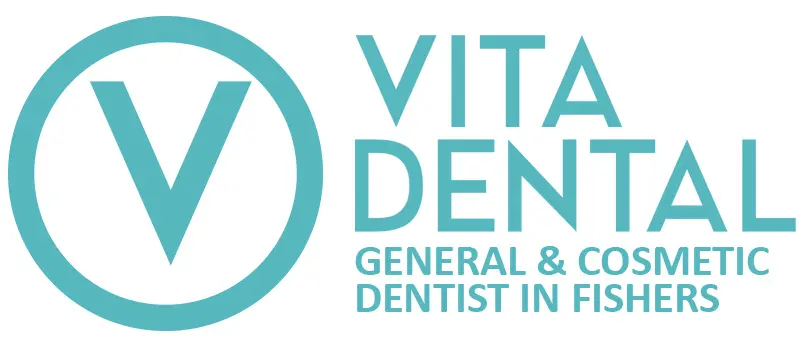What is Botox Used For?
Botox is a product name that you’ve likely heard casually mentioned – not just on television programs or in the news, but likely in conversation with friends and family. The cosmetic use of Botox is fairly commonly understood with the rise in use by people from many walks of life: in small doses, applied via injection, it can help prevent wrinkles from forming. What you may not know, however, is how it works or the wide variety of uses it in fact enjoys. As you’ll see, it is not just for preventing wrinkles in those who worry about them!
What Is Botox?
Botox is a patented name for a medical formulation of Botulinum toxin, a naturally occurring toxin derived from bacteria (C. botulinum) that can be found in soil, water, and arboreal forests in trace amounts, as well as within the bodies of the creatures that consume these resources.
The bacteria itself is not dangerous, but it has an innate ability to grow and transform into a poisonous neurotoxin. It is this toxin, in fact, that causes botulism, a critical condition that around 1,000 people experience each year in the United States from eating contaminated food or having a wound infected with C. botulinum.
The Botulin toxin produced by this bacteria is what comprises the active ingredient of Botox. A deadly toxin, it must be used carefully by trained medical professionals in very small doses.
How Does It Work?
The reason that Botox is both so deadly and so effective at preventing wrinkles in cosmetic uses is that it effectively paralyzes the muscles that are exposed to it, rendering them unable to perform their usual action.
In systemic applications, this is very dangerous, as it can cause difficulty breathing and moving. This systemic paralysis is what can and does cause death when the toxin is able to move throughout the body.
What is Botox Used For?
While the cosmetic use of Botox (preventing facial wrinkles) is now well known, there are also some important medical contexts in which Botox is used.
Botox can be used to lessen the frequency and severity of migraines in those that suffer from them extensively. The use of Botox to treat migraines is usually reserved for those whose migraines last a particularly long time (more than four hours) or extremely frequently (50% or more of the days in a given month, for example).
As a muscle paralyzer, Botox is also used to treat spastic limb disorders, eyelid spasms, and cervical dystonia, a movement disorder involving the head and neck. Used in a targeted way, Botox can prevent the muscle spasms that are the major symptoms of these disorders.
Botox can also be used to prevent excessive underarm sweating and can even help reduce manifestations of overactive bladder. It can also be used to ease the pain of vulvodynia (unexplained labial pain), reduce psoriasis symptoms, assist in the treatment of Raynaud’s disease, and much, much more. In short, there are many things that Botox can do other than prevent fine lines and wrinkles on the face!
